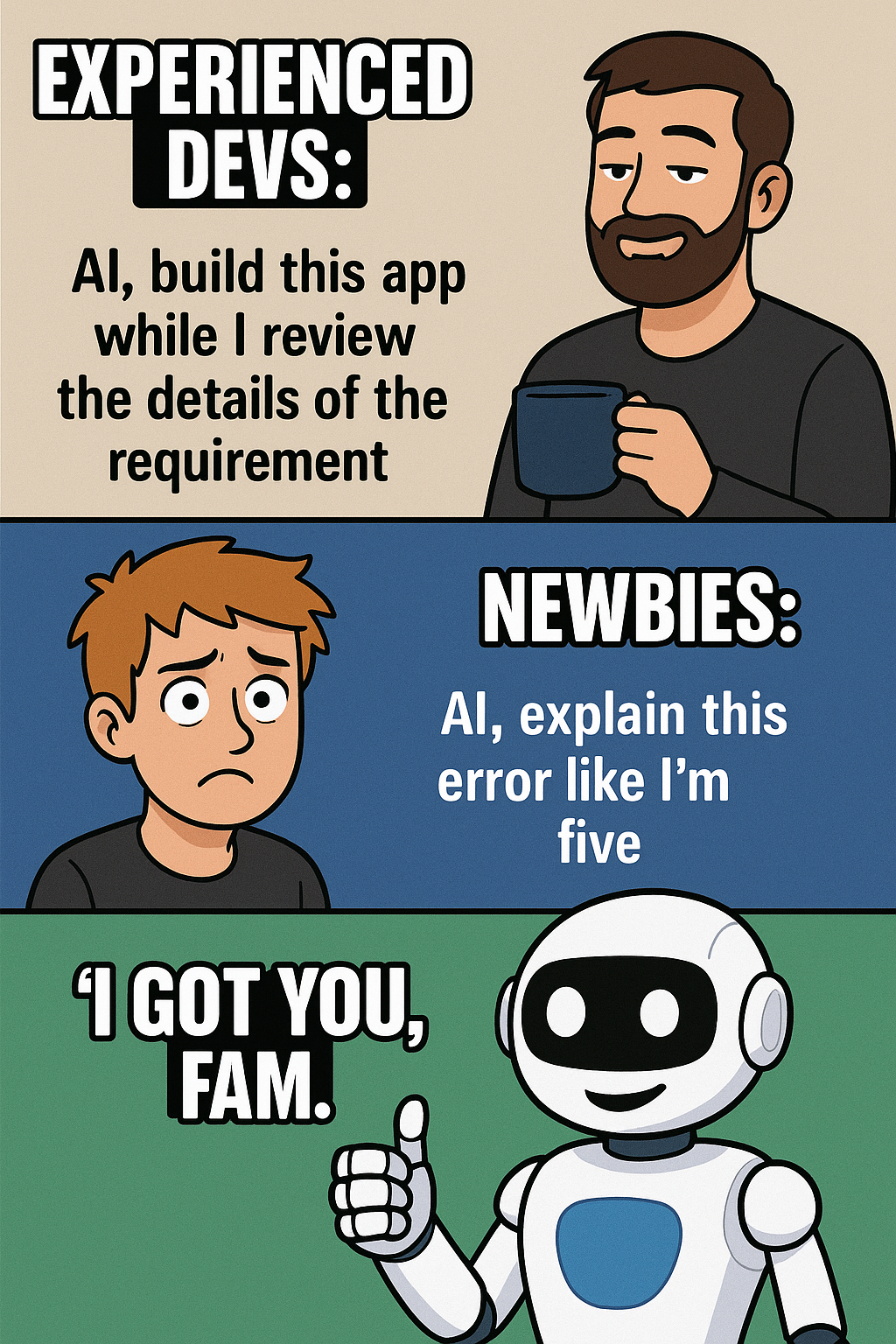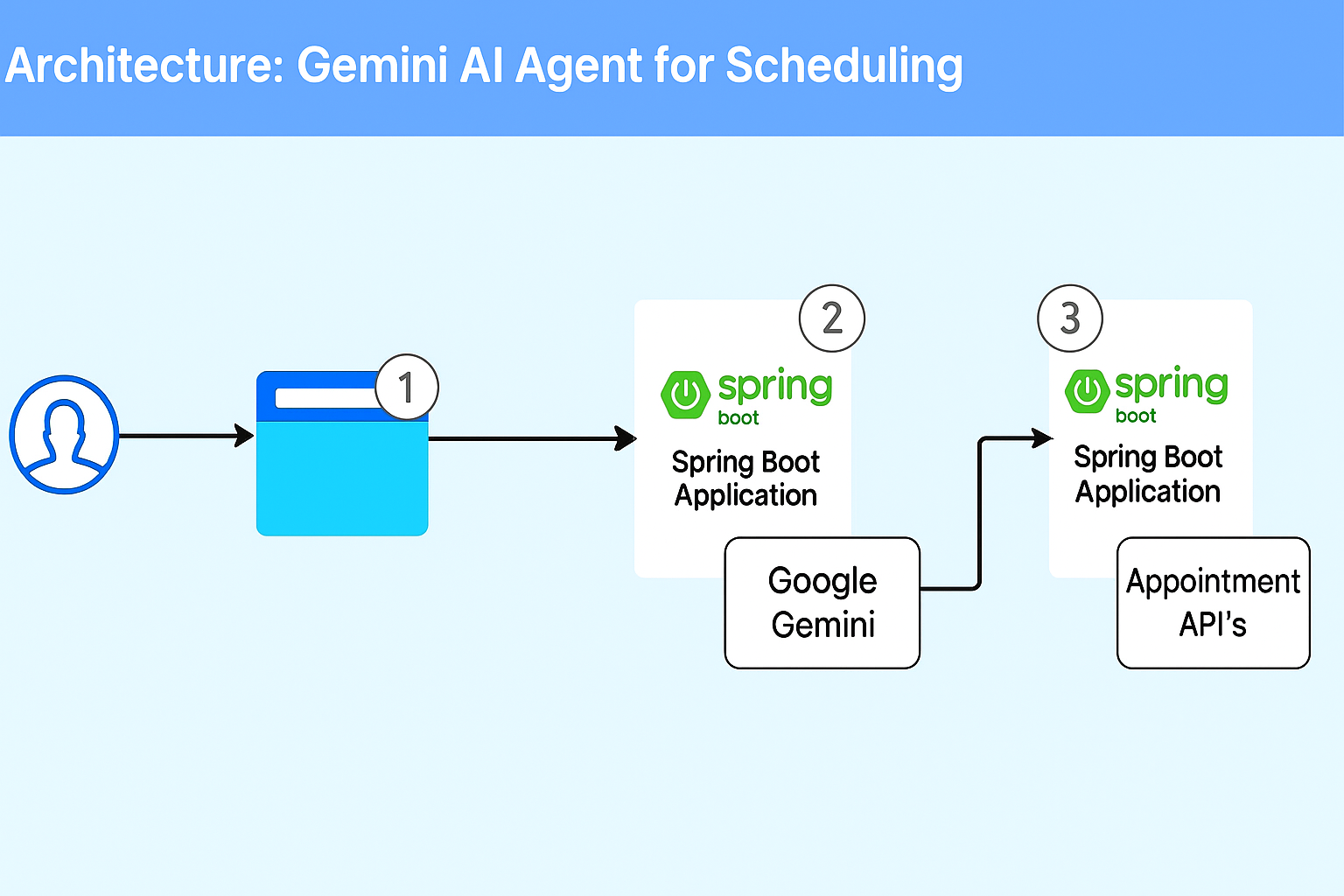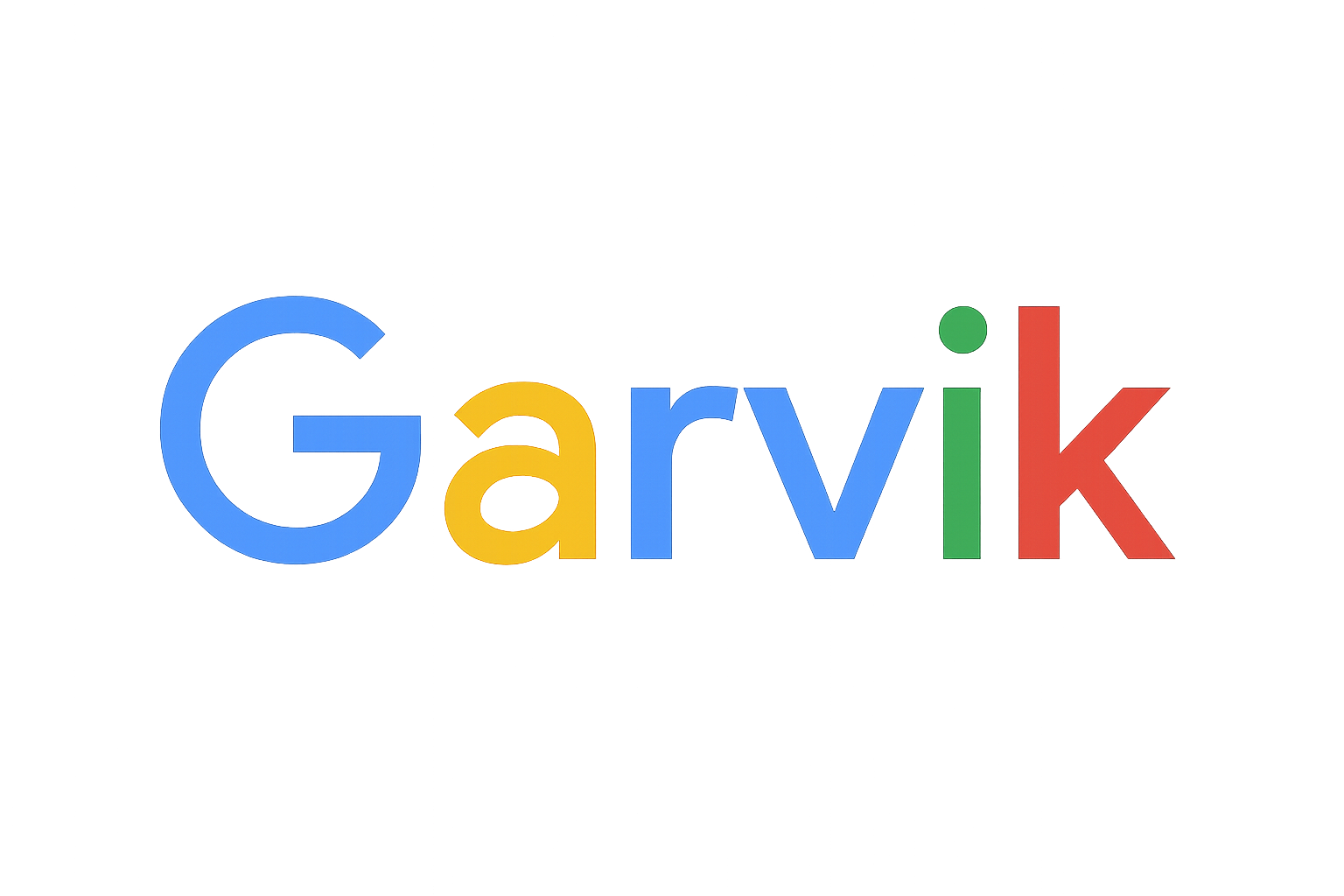If you're a seasoned in Information Technology or Software Development, use AI to build smarter as an assistant. If you're just starting out, use AI to learn faster. Either way—AI's your new coding buddy! 🧠

Part 1: Introduction to AI Agents
This tutorial series will guide you through building a complete, functional AI Scheduling Assistant from scratch. We'll leverage the power of Google Gemini for conversational intelligence and function calling, a Spring Boot backend for robust API implementation, and an Angular frontend for a dynamic user experience.
What is an AI Agent?
An AI agent is a software program that acts autonomously to achieve goals by perceiving its environment, making decisions, and taking actions. These agents can be simple, like a scheduler, or complex, like a customer service chatbot. They utilize various techniques like machine learning and natural language processing to understand and respond to their environment and accomplish tasks. In our case, the agent's goal is to help a user schedule an appointment by interacting with appointment scheduler APIs.
Project Overview
- Part 1: Introduction (You are here): We'll cover the project architecture and goals.
- Part 2: Setting up the Appointment Scheduler APIs: We'll build the Spring Boot endpoints that our agent will call to check for available appointment slots and to book them.
- Part 3: Developing the Gemini Agent: We'll configure the Gemini model, define the "tools" (functions) it can use, and handle its responses.
- Part 4: Deploying the Angular App: We will build the user interface where a user can chat with the agent to schedule their appointment.
The goal of this article is to walk you through step by step how you can build AI agent from scratch. This gives you a complete understanding of how to build AI Agent using Google Gemini and Google Cloud Platform with Java as the programming language. The architecture of the whole application consists of 3 parts: one is the agent built using Google Gemini, second is the backend built using Spring Boot to provide the implementation of the APIs invoked by the AI Agent, and third is the frontend built using Angular.

1. Front end application built in Angular that provides the user interface for interacting with the AI Agent. This is where users can chat with the agent to schedule appointments in this example.
2. Backend application built in Spring Boot that has implmentaion of Google Gemini AI agent, that performs one or many actions based on the user input. The agent has 4 functions that it can call to perform actions like creating user, checking available appointment slots, booking an appointment, and so on. Google Gemini AI Agent that is built using the Google Gemini API, which is the core of the AI Agent. It is responsible for processing user input, generating responses, and invoking the backend functions/api's to perform actions
3. The backend APIs that are invoked by the AI Agent to perform actions like checking available appointment slots, booking an appointment, and so on. These APIs are built using Spring Boot and are responsible for handling the business logic and data storage.
The source code for this project is available on my GitHub repository. You can find the complete code for the AI Agent, backend APIs, and frontend application in the repository. GitHub Repository You can clone the repository and run the project locally to see how it works. In this article, we will walk through the steps to build the AI Agent, backend APIs, and frontend application. The project is structured in a way that you can easily follow along and understand how each component works together to create a functional AI Agent. we also host the project on Google Cloud Platform on cloud run and you can access the live demo of the AI Agent at the end of this article.
Lets start to set up the Appointment Scheduler APIs in the next part of this series.
